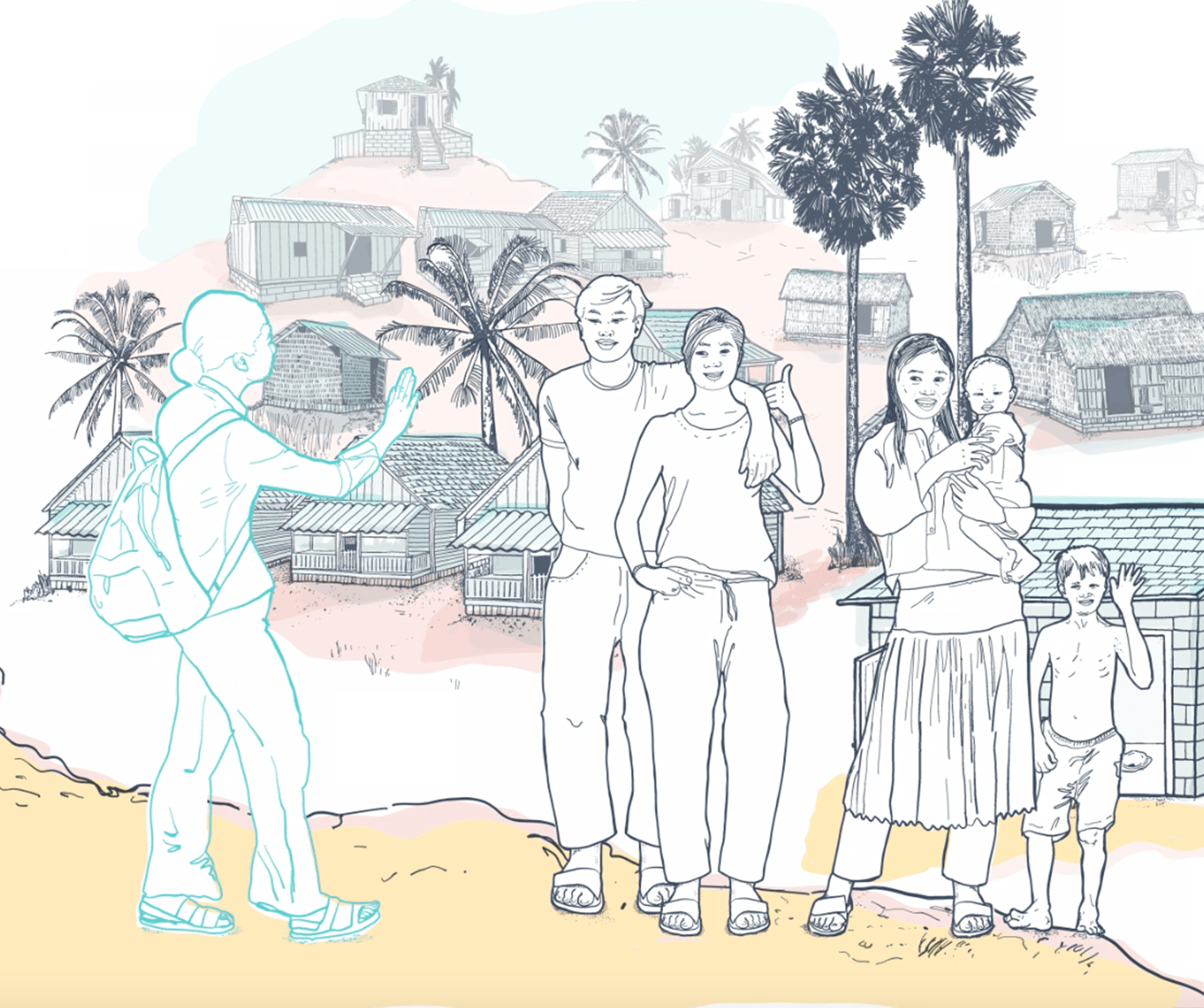This Field Note presents the cholera prevention and preparedness programmes implemented by UNICEF in Kathmandu, Nepal in collaboration with local government and partner organizations between 2015-2018.
Cholera outbreaks occur almost every year during the monsoon season in Nepal. The 1.3 million people living in the Kathmandu Valley are some of the most affected and vulnerable in the country. The earthquakes in 2015 caused massive population displacement and widespread destruction of water supply infrastructure and sanitation facilities. This increased the potential for a cholera outbreak, however a major outbreak was averted by the humanitarian WASH interventions immediately post-quake.
In anticipation of a cholera outbreak in 2016, UNICEF conducted an intensive cholera response and prevention programme in Kathmandu valley. This was coordinated between water, sanitation and hygiene (WASH), Health and Education sectors including the local government. No deaths were reported in 2016.
In 2017, a five-year National Prevention and Preparedness Plan for Acute Gastroenteritis (AGE) and cholera was developed in coordination with local government. This was also endorsed by the national Government. As a result, only 3 cases of cholera were reported in Kathmandu Valley.
In 2018, the cholera prevention and preparedness programme was refined, based on experiences and learnings of 2015 -2017. This was scaled up to enhance the capacities of the seven most vulnerable municipalities in the Valley. Two cholera cases were detected in the Kathmandu Valley that year.






